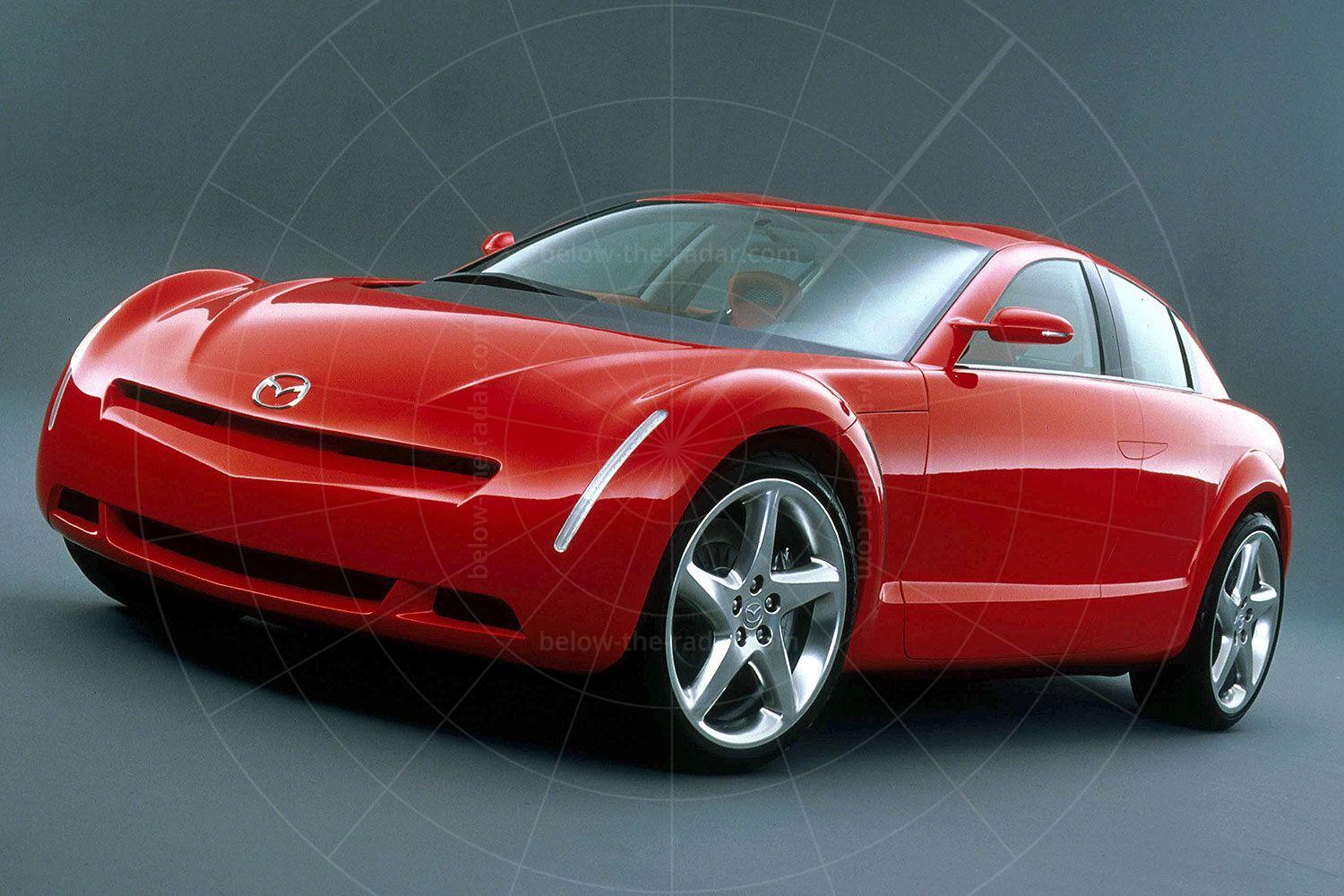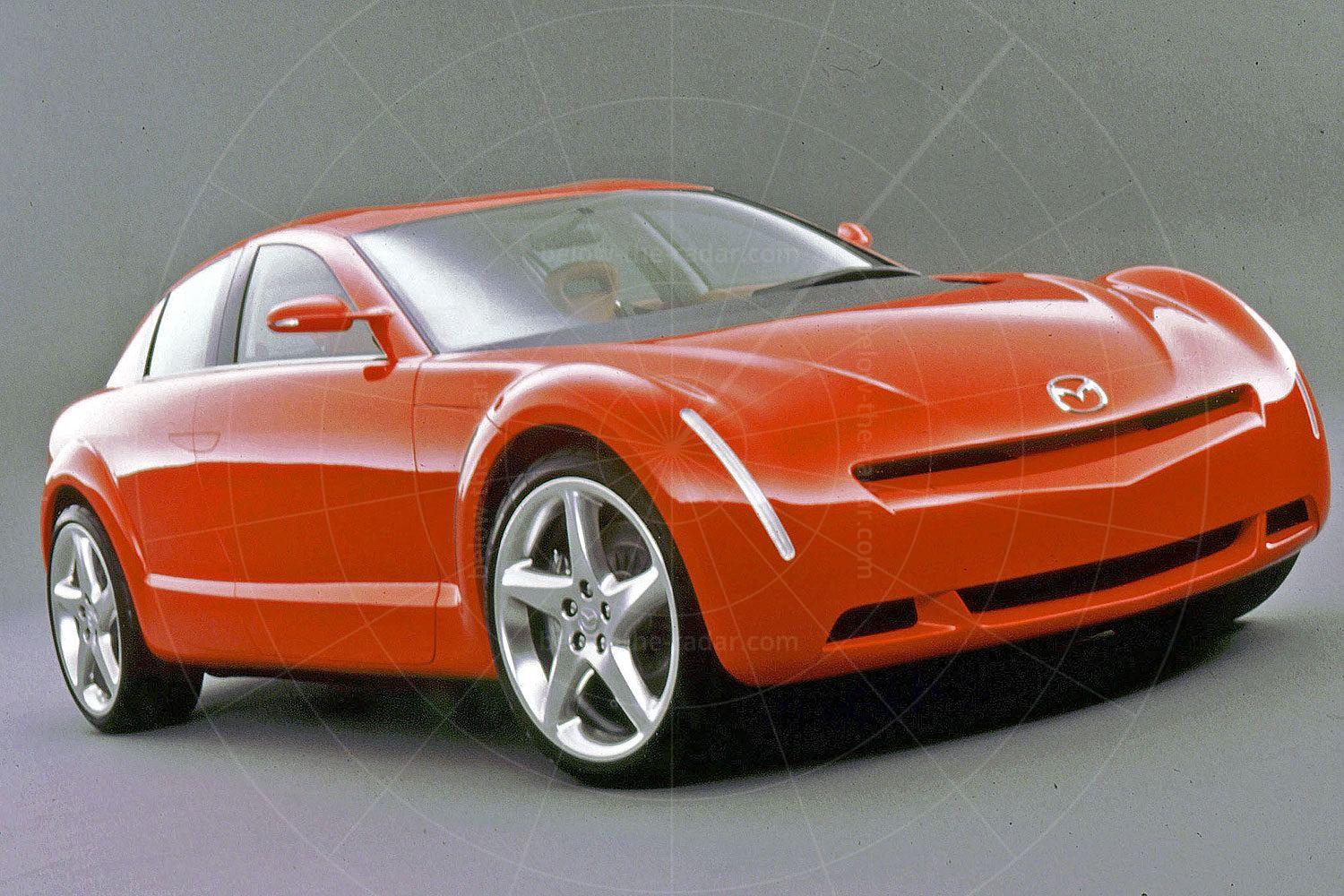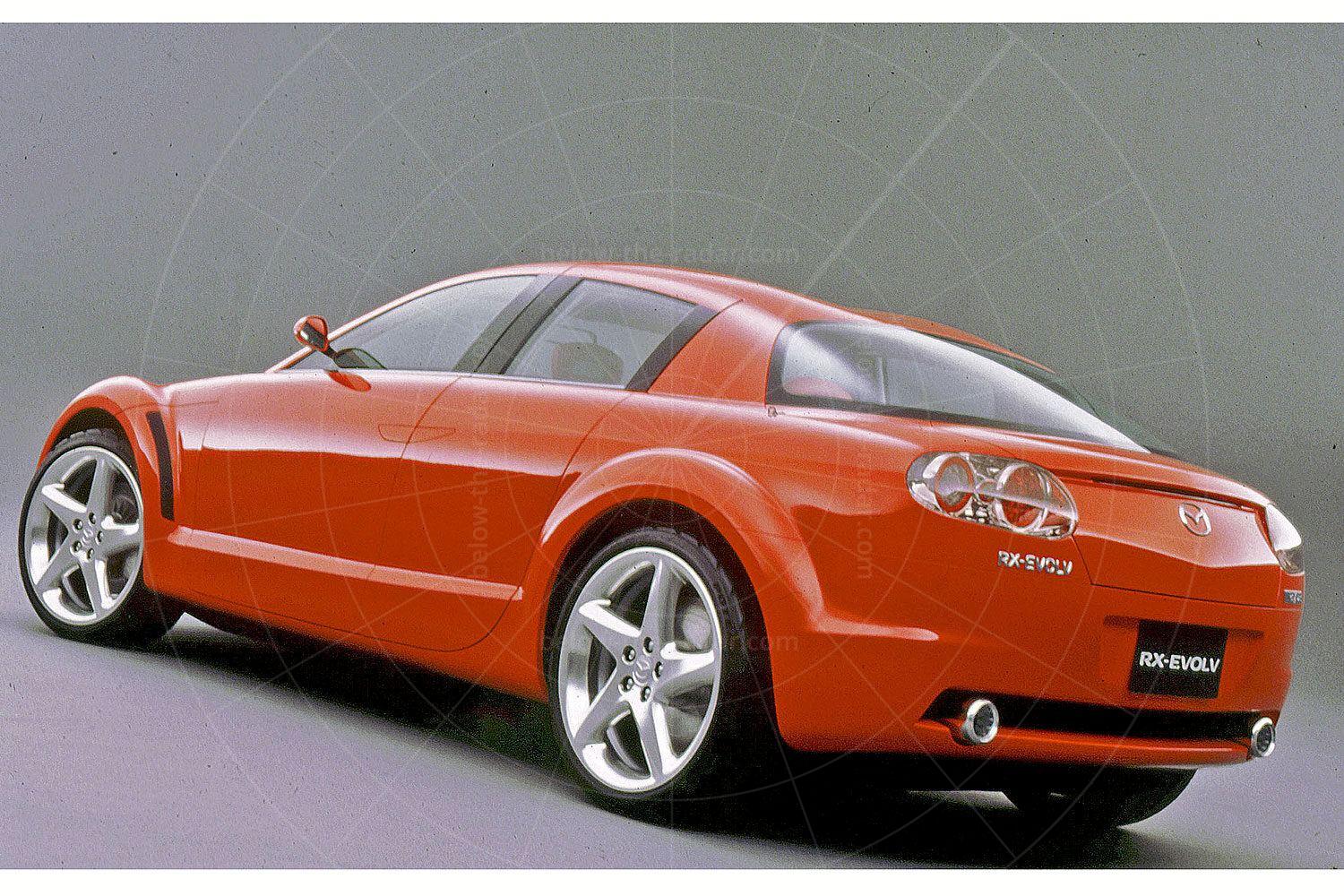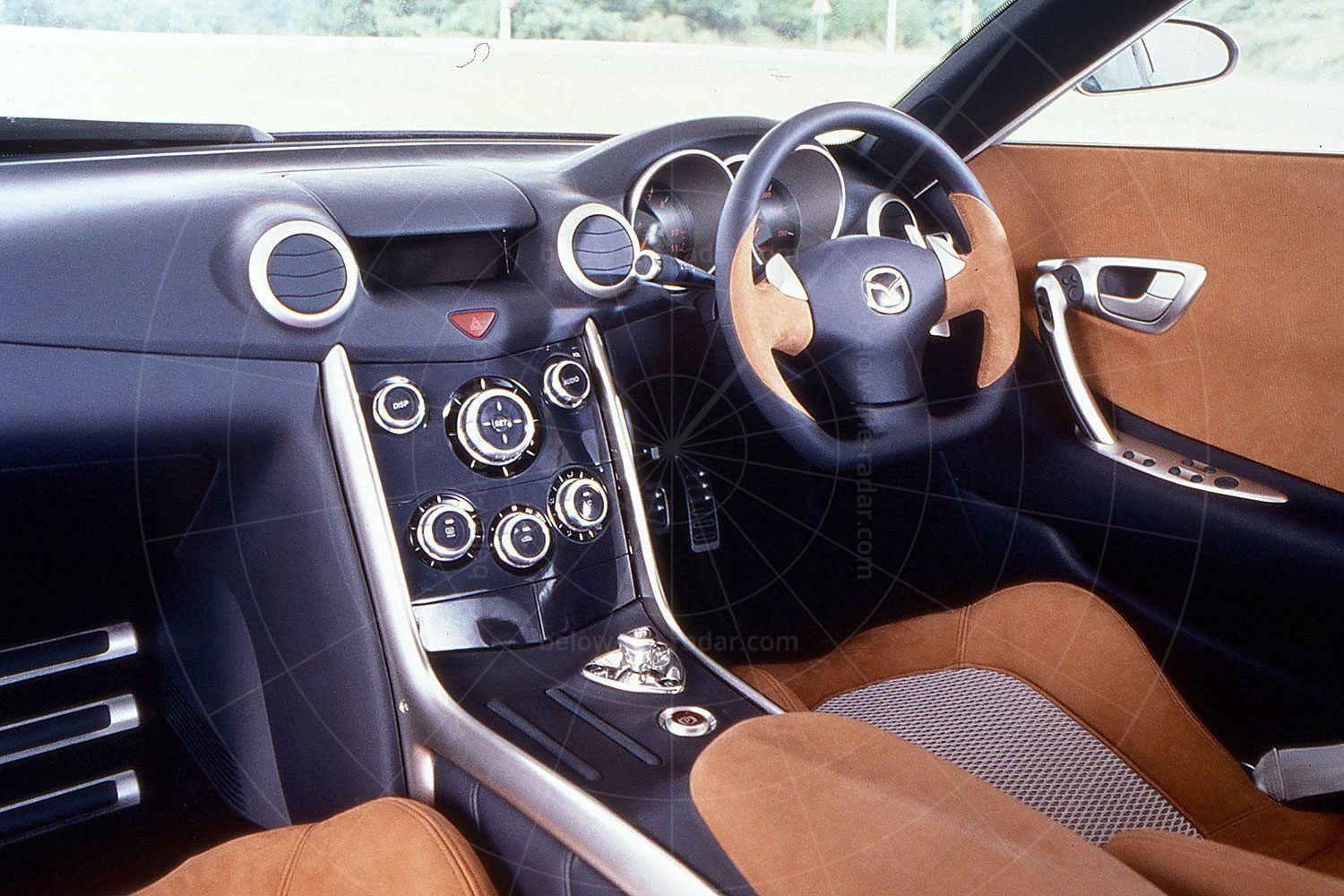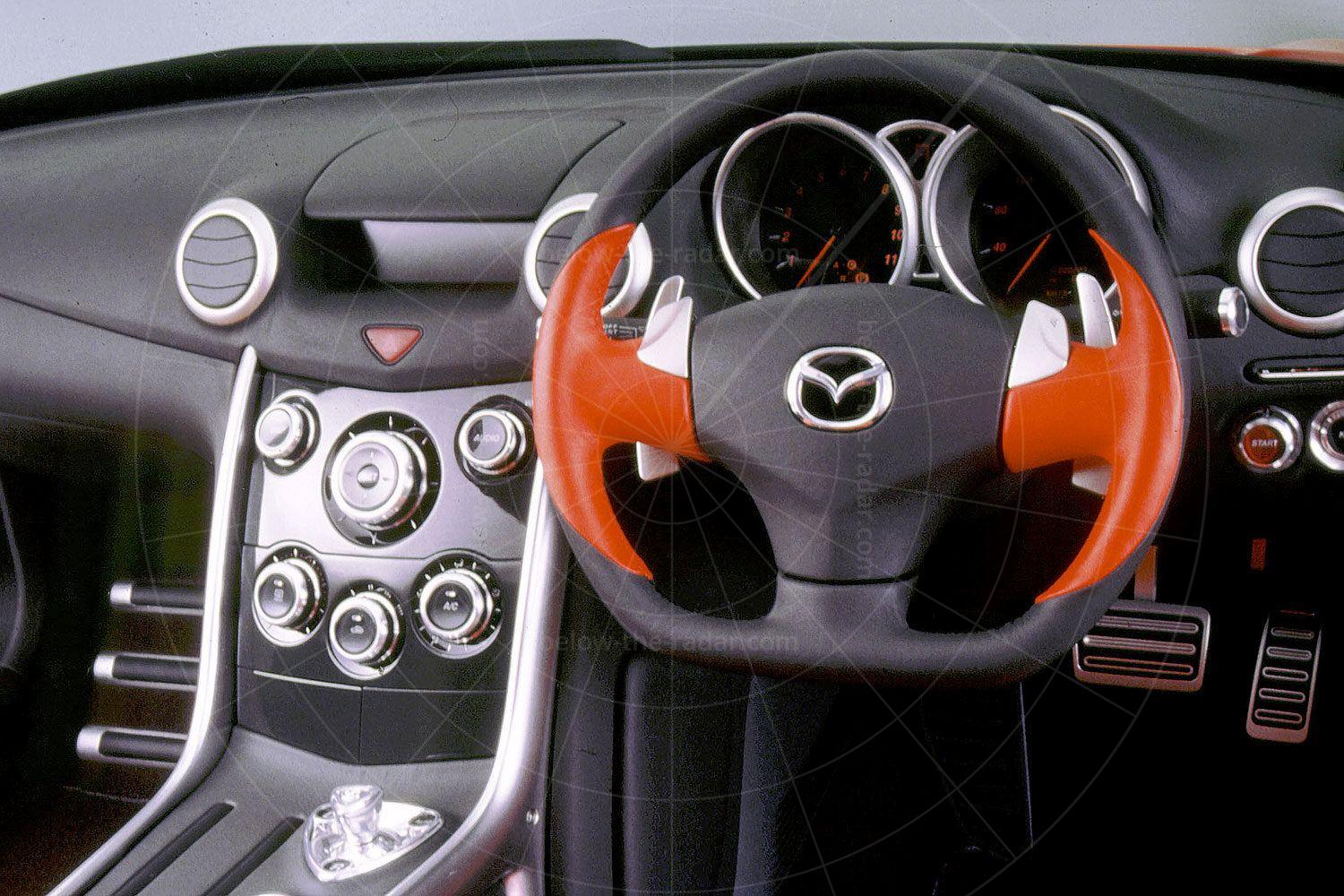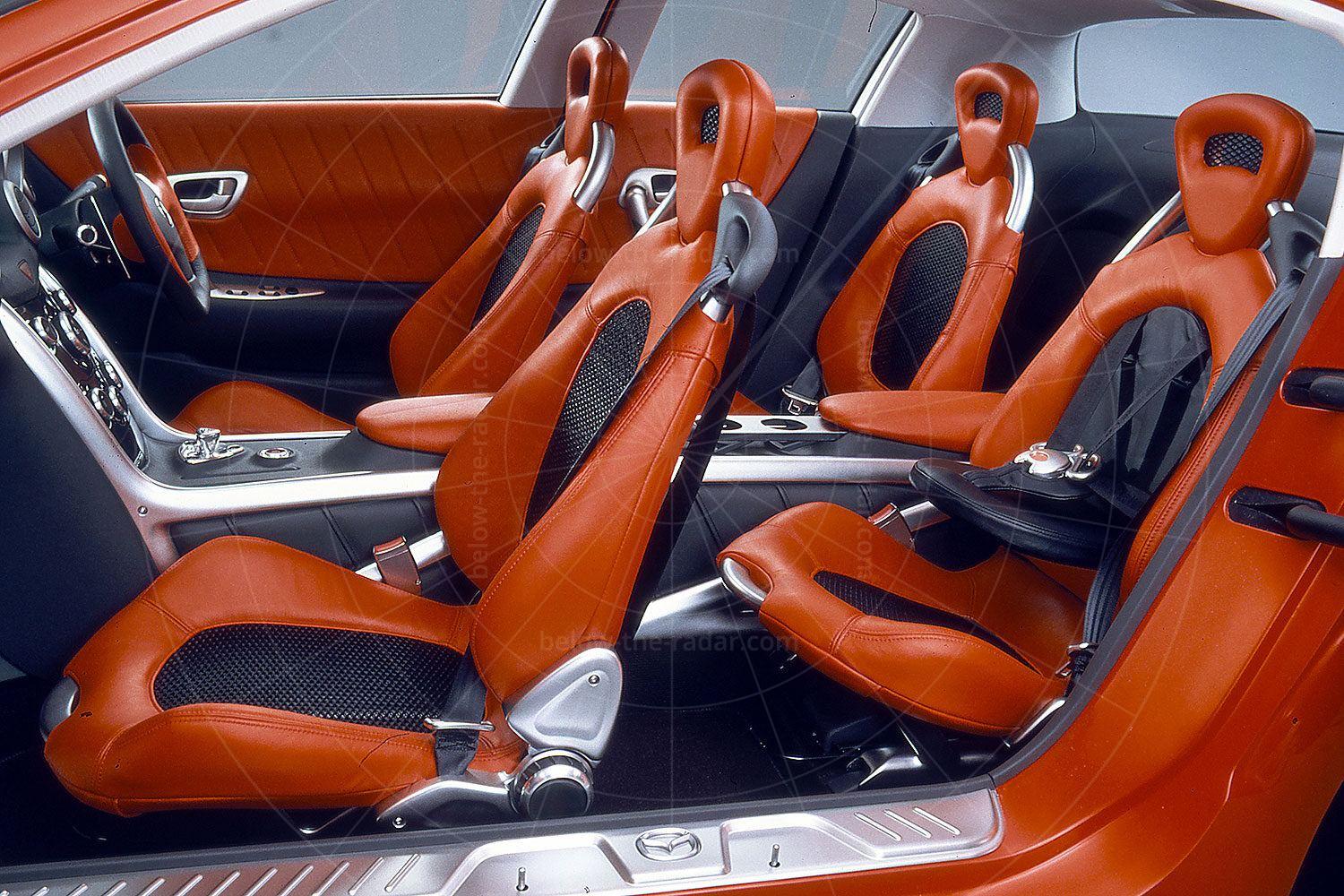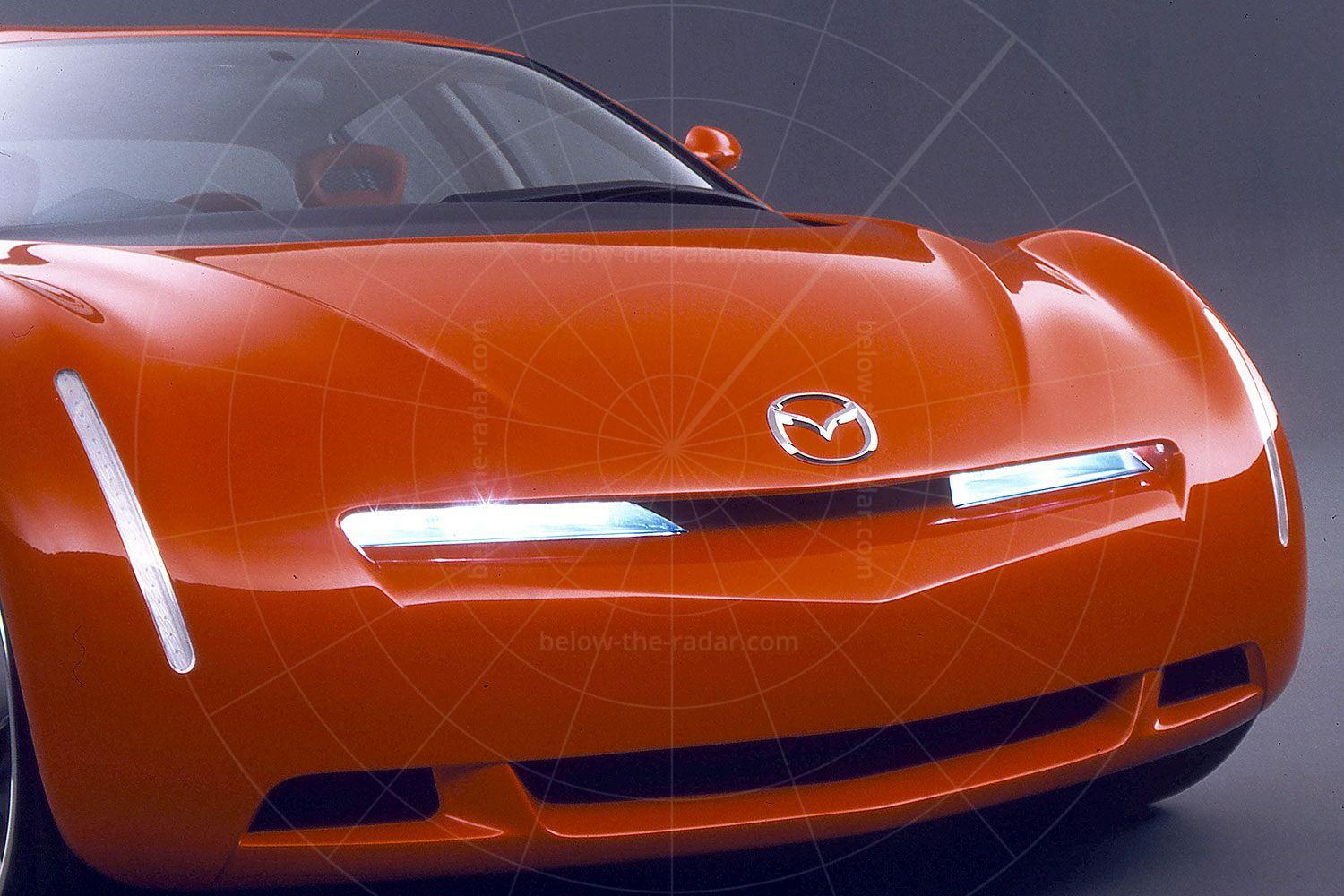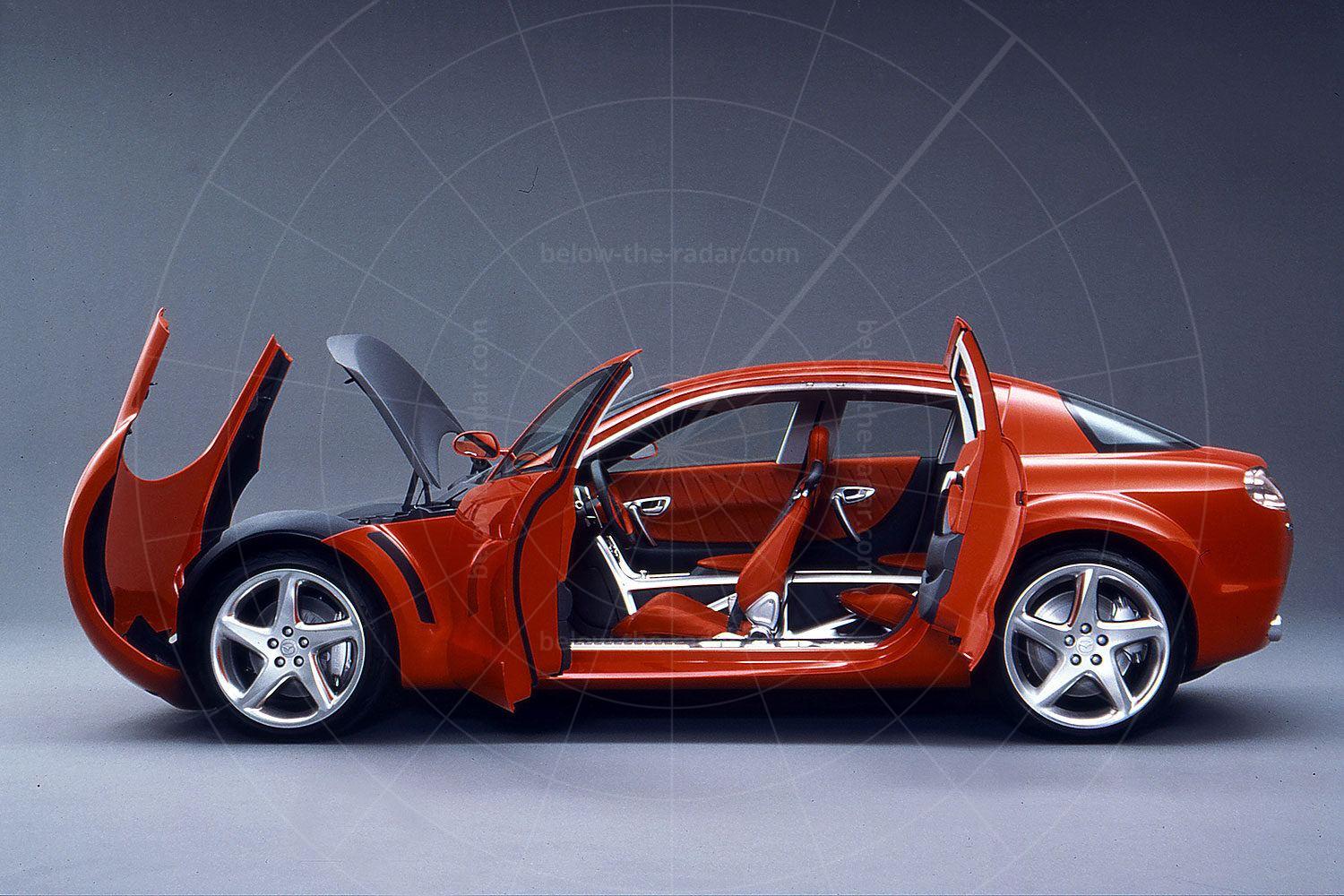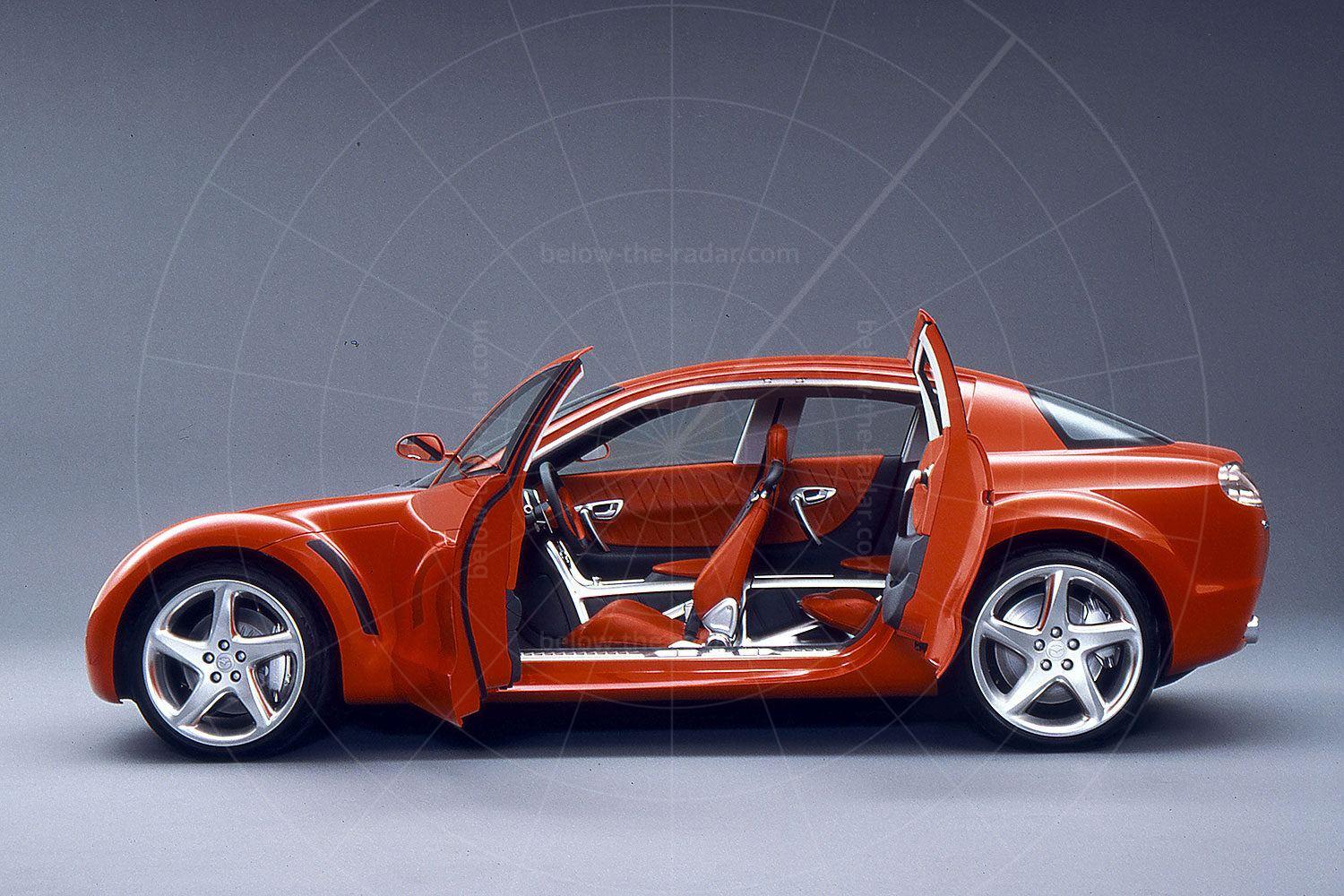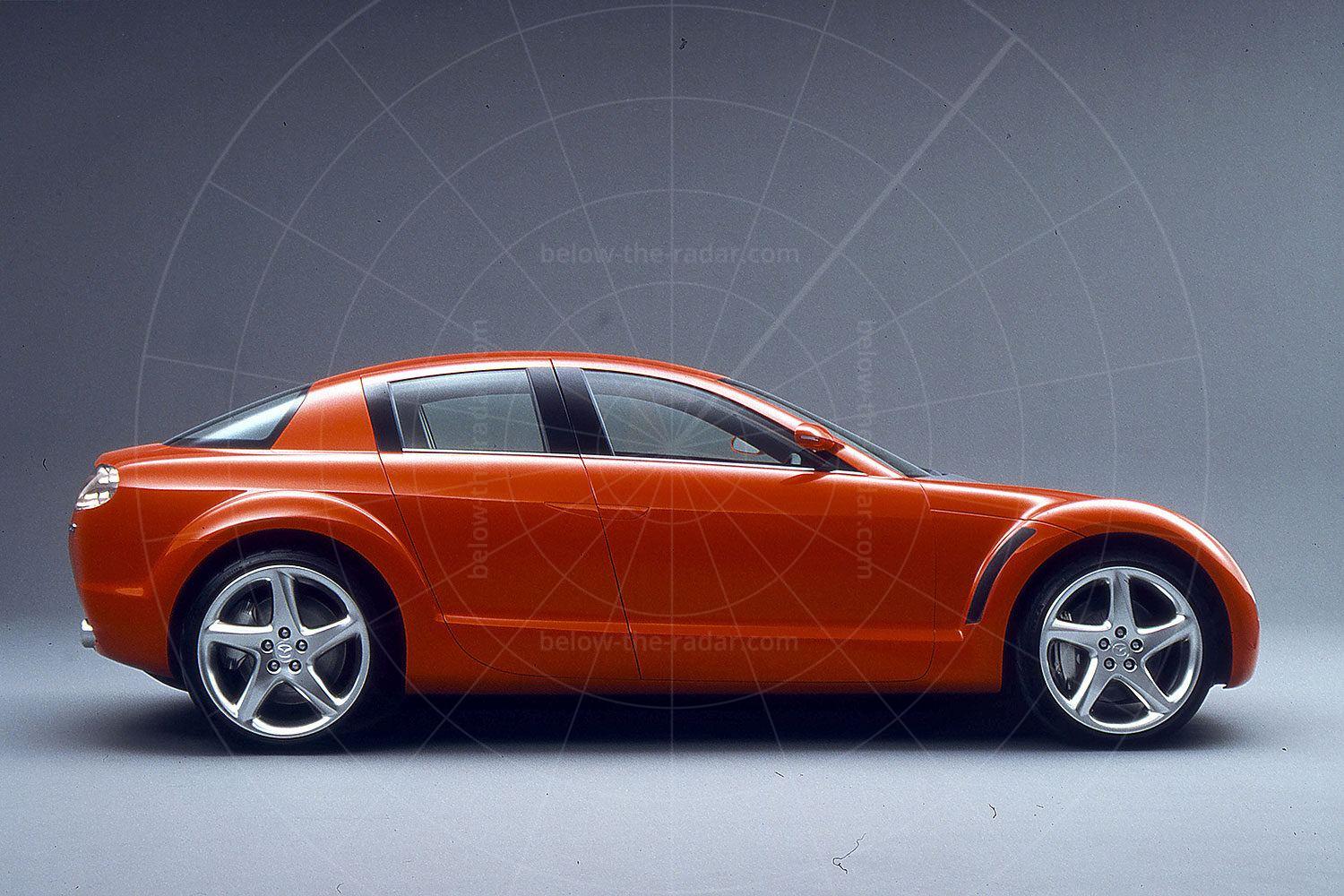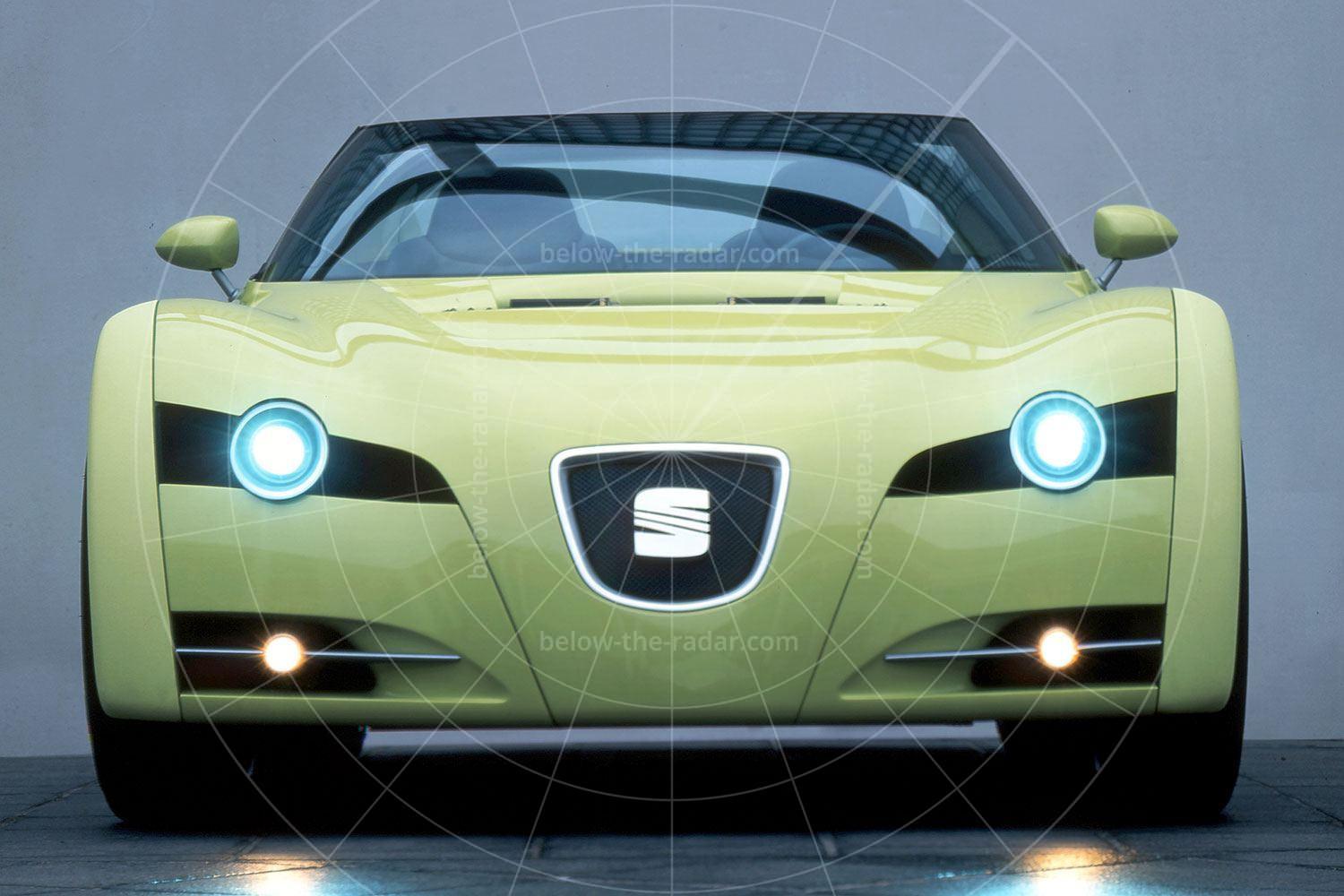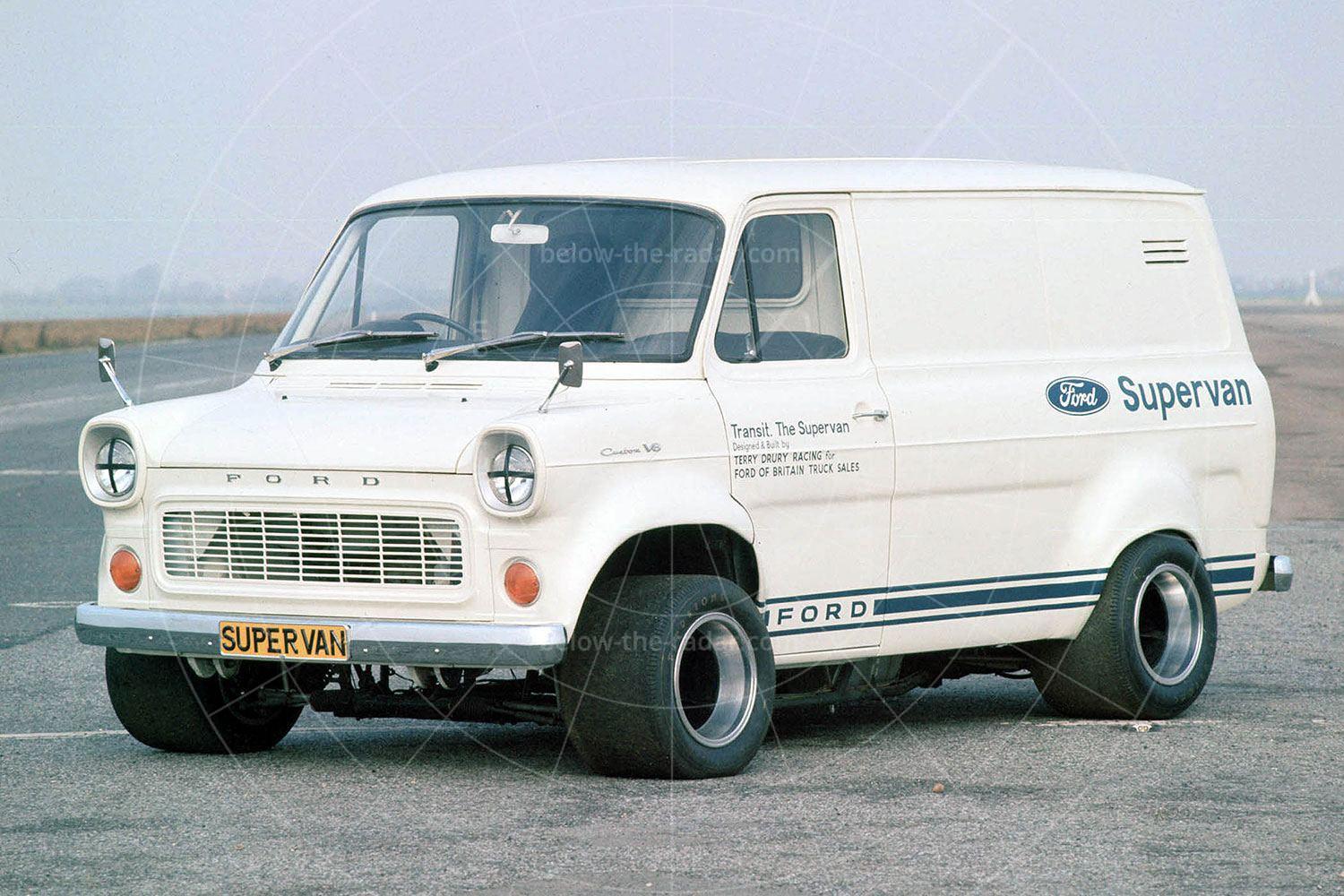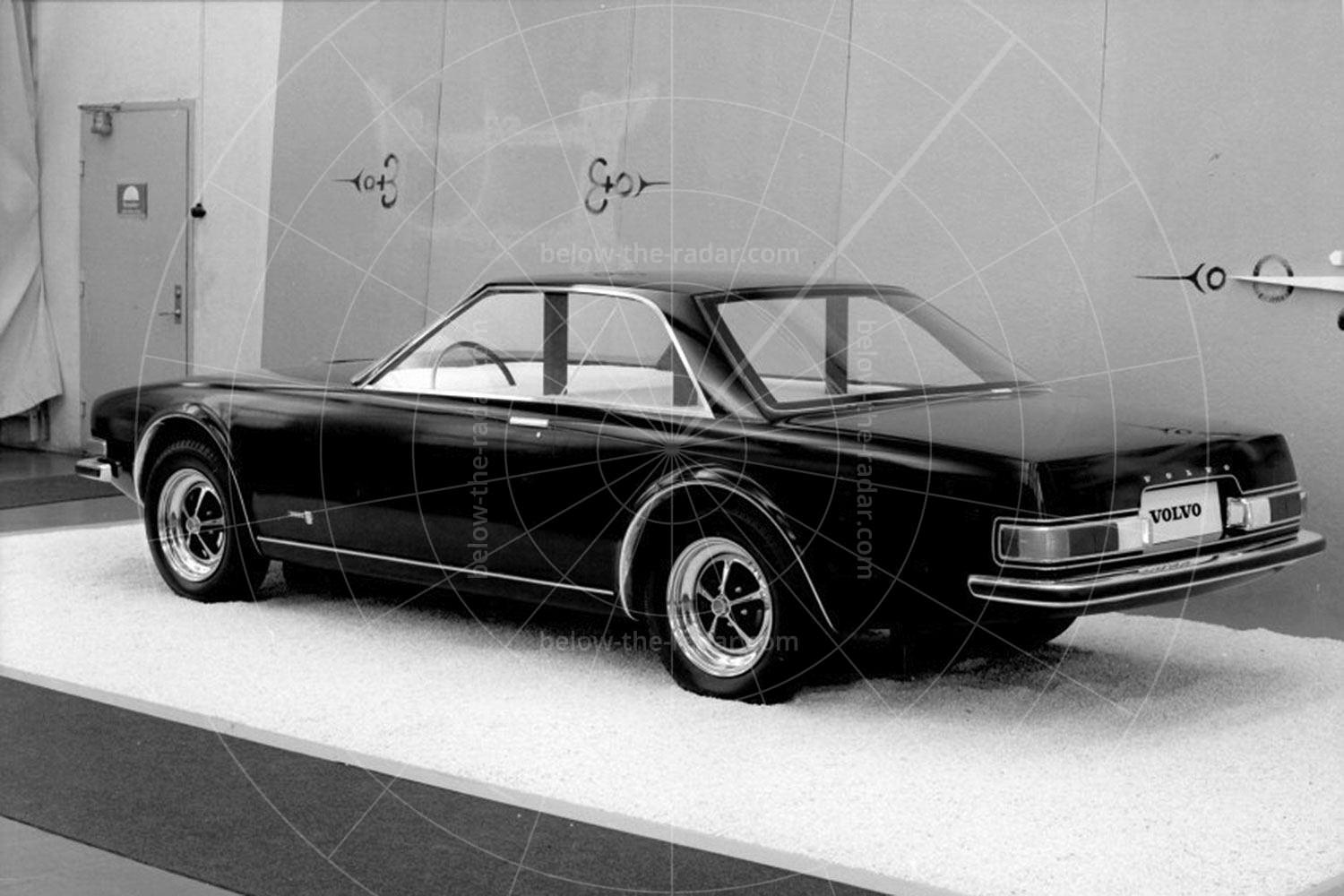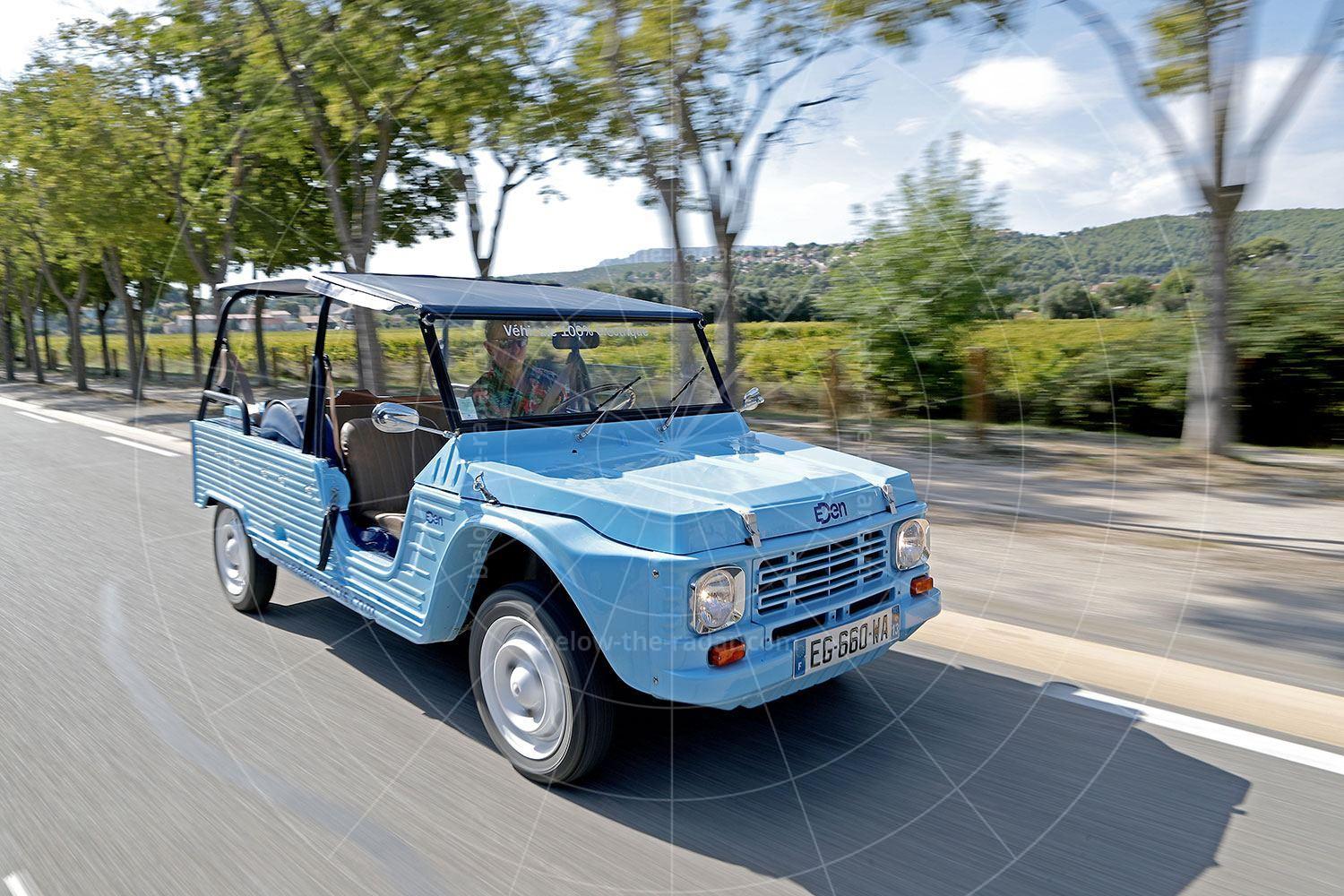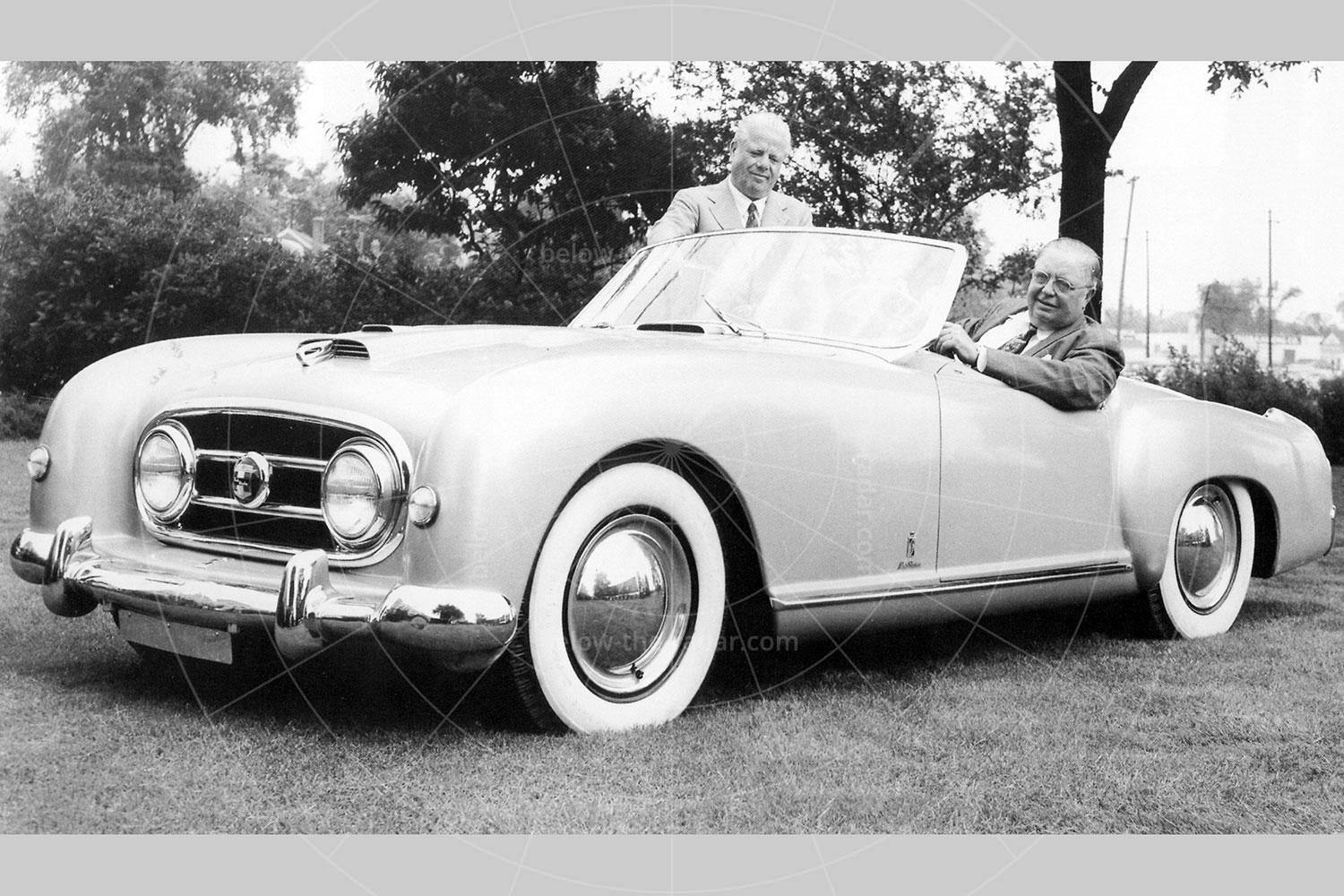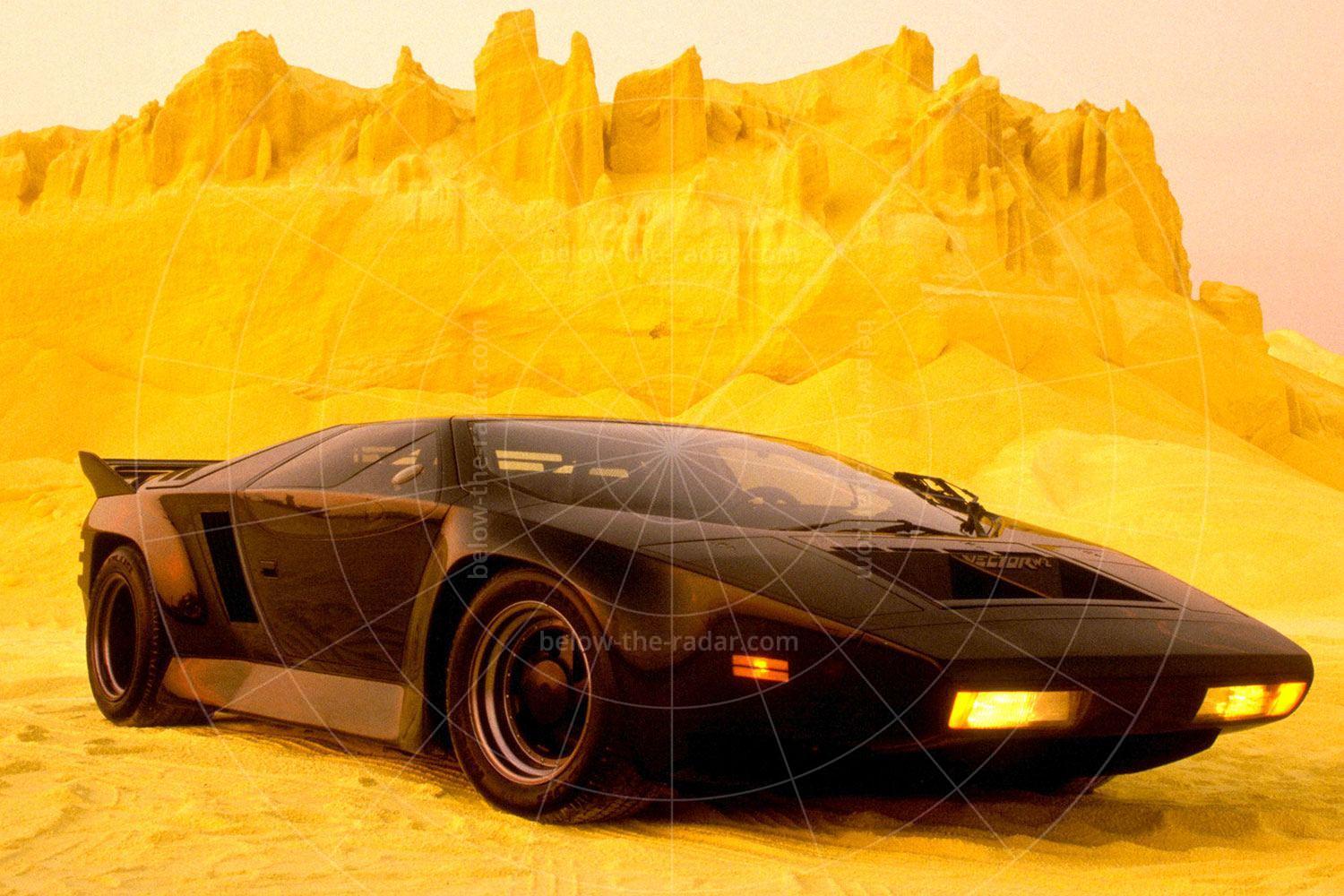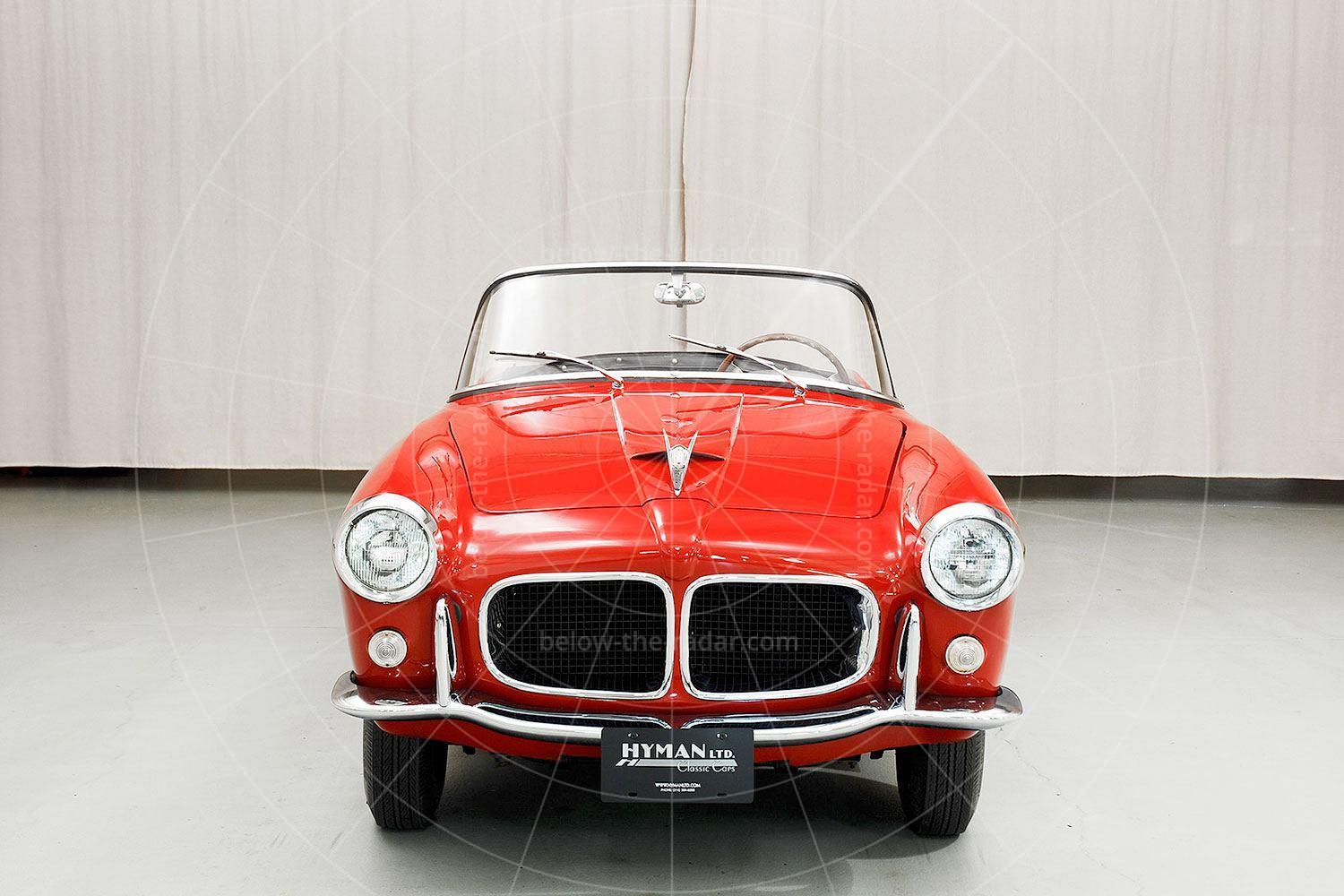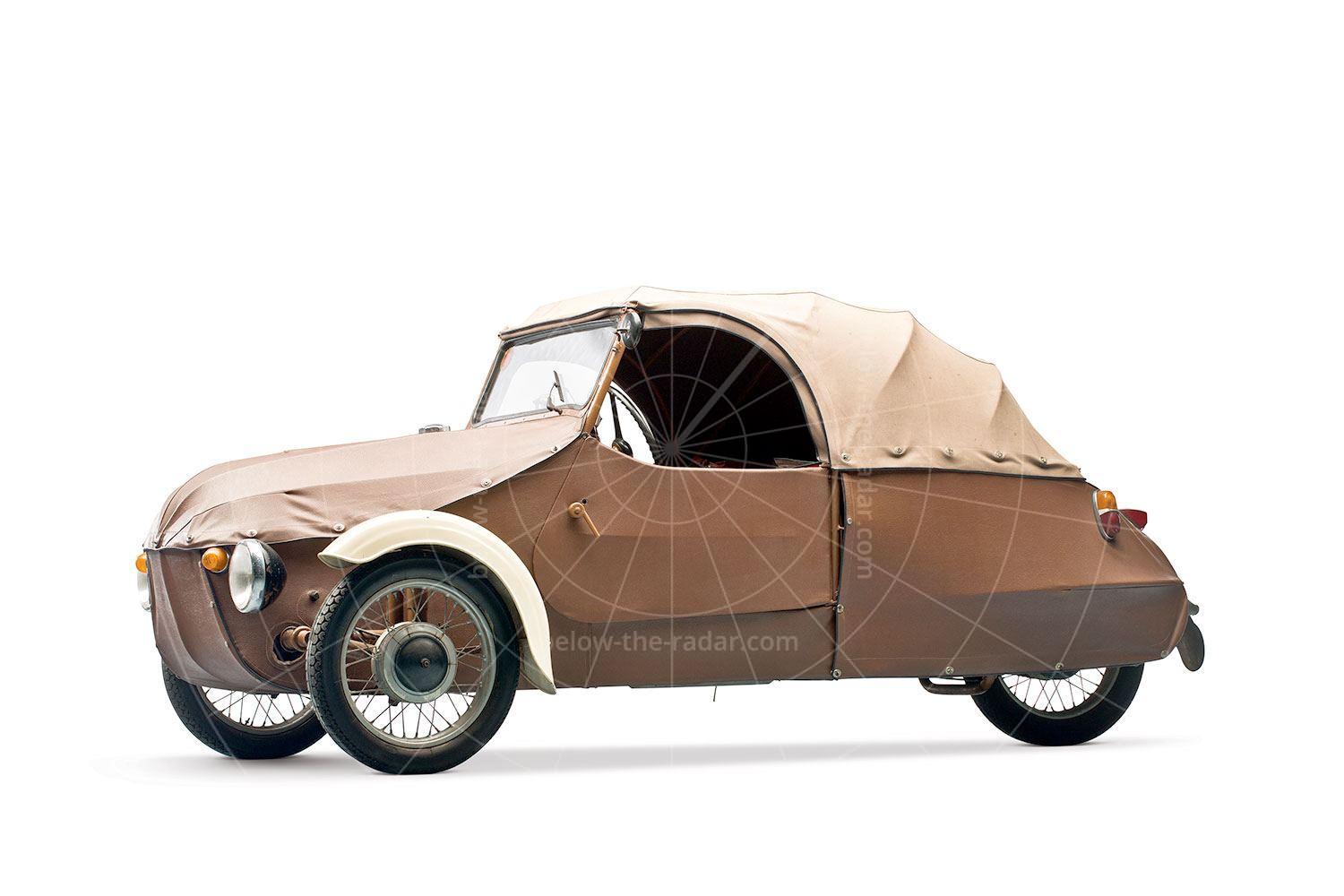Unique selling points are hard to come by in the 21st century automotive world, but Mazda had one, and the RX-Evolv traded heavily on it. It was the rotary engine, a powerplant which had been abandoned by everyone else in the 1970s as being inherently thirsty and unreliable. But Mazda had stuck with it, developing it to the point where it was entering rotary-engined cars in endurance racing – an outright 1991 Le Mans 24 Hours win proved the engine could succeed. Having stopped producing the RX-7 – the company’s only rotary-engined car – it made sense to revive the motive power for which the company was famed.
The RX-Evolv, which was tasked with reviving the rotary engine for Mazda, was first shown at the 1999 Tokyo motor show. At that stage there were rumours that this could be a new combination of sports and family car which would see production in the new millennium, but nobody was sure. It was pretty radical, with its ‘FreeStyle’ rear-hinged back doors and tiny slitted front lights, but these were the type of details which would soon be dispensed with if the project went any further. Except of course in the case of the door arrangement, the RX-8 did use the same system when it became a production reality.
Although the whole car looked fantastic, both overall and in terms of the detail, it was the front end which was the most futuristic. Sadly, it was also the front end which was changed the most as the project evolved; those headlamps were perhaps just too revolutionary for the time. Measuring just 25mm by 300mm, these carried the Micro-HID tag, short for High Illumination Discharge. At the rear there were more conventional ‘jewelled’ light housings, which when illuminated were meant to resemble the afterburners of a jet. Borrowing a classic styling cue from Zagato, there was a very subtle pair of bubbles in the roof, which Mazda dubbed an Aerowave roof, and to increase the bodyshell’s rigidity there was a very thick rear pillar.
At the front there was a double clamshell bonnet, with the top panel being front-hinged. This opened to reveal the most regularly serviced under-bonnet items while the panel beneath this was rear-hinged. By lifting this the less frequent engine maintenance areas could be accessed. Quite why the two needed to be separated wasn’t made clear…
By moving the wheels to the very corners of the car, and by mounting the engine well behind the front axle line, it was possible to attain the optimum 50:50 front:rear weight distribution needed for the best possible handling balance.
Inside the RX-Evolv, things were equally neatly designed and there were plenty of gadgets such as an electronic parking brake, a multimedia system and paddle shifts for the gears. As was common with Mazda concepts of the time there was a design theme, which was a very brief phrase which encapsulated what was being aimed for; in this case it was simply ‘Snug-Fit’. This meant simply that whoever sat in the car, whether in the front or rear, would be able to feel at one with it. To that end there were cossetting seats that would grip any of the four occupants during spirited driving, but it wasn’t all about sportiness as there was a healthy dose of practicality thrown in for good measure, as one of the rear seats incorporated an integrated child seat.
For the RX-Evolv there was a new generation of rotary engine dubbed the Renesis. This normally aspirated powerplant developed a very healthy 276bhp, which was transmitted to the rear wheels via a six-speed sequential manual gearbox. The magnesium wheels were 20 inches in diameter and as was customary by now, there were plenty of electronics such as traction control and anti-lock brakes on the equipment list to keep the driver out of trouble.
| Vital statistics | |
|---|---|
| Debut | Tokyo 1999 |
| Engine | Front-mounted, 654cc x2, rotary |
| Transmission | 6-speed sequential manual /auto, rear-wheel drive |
| Power | 276bhp |

